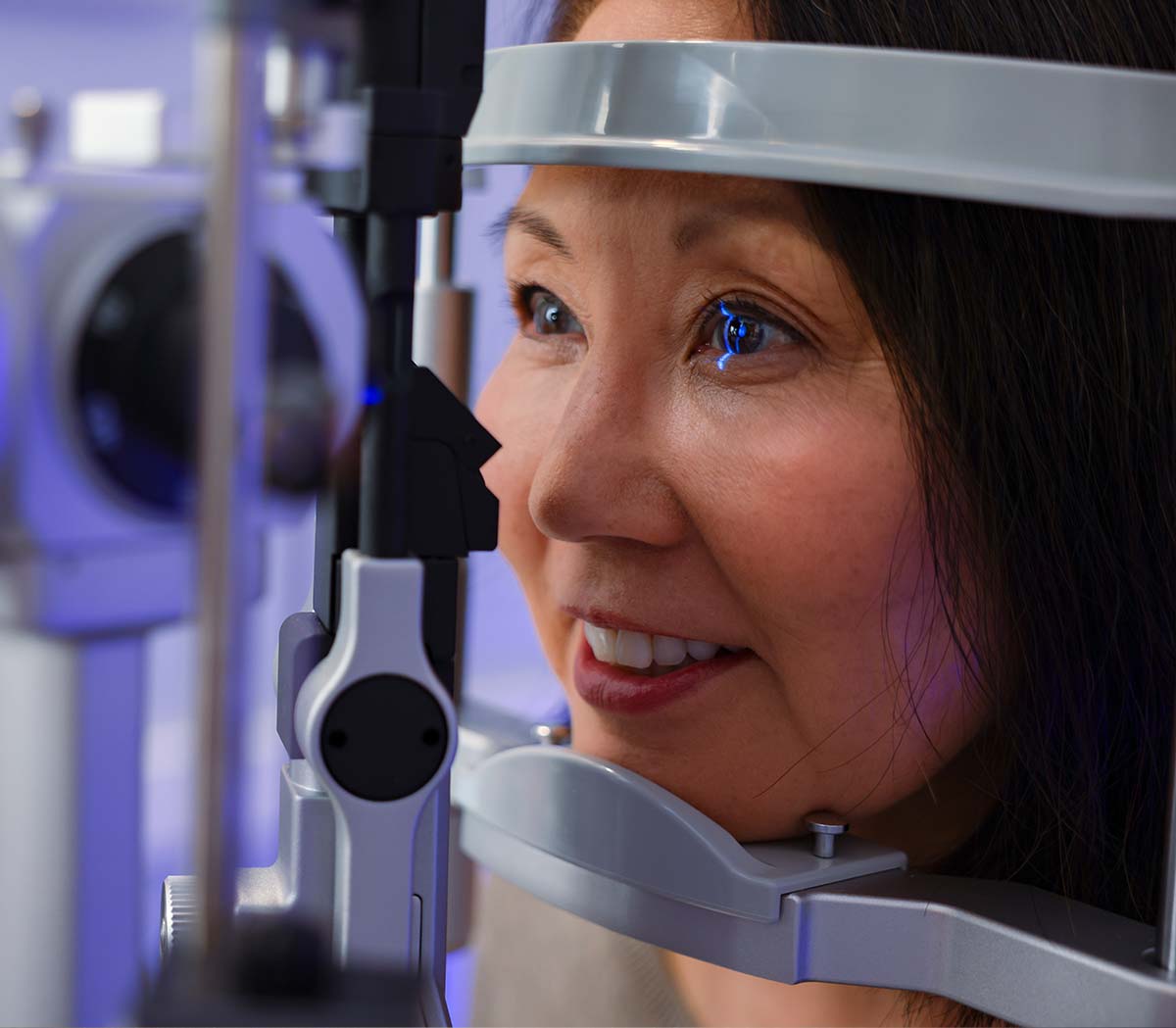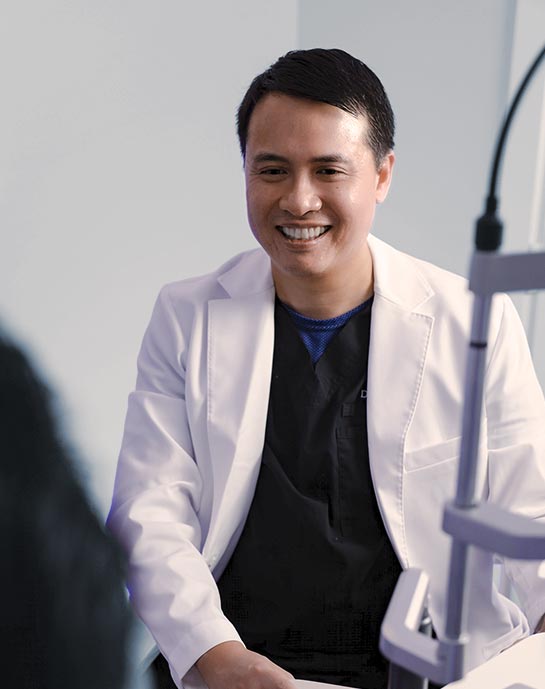Corneal Cross-Linking (CXL)

Corneal Cross-Linking (CXL): A Proven Treatment to Halt Keratoconus Progression
At Azure Eye Center, we understand the life-changing impact of keratoconus—a progressive condition that causes the cornea to thin and bulge outward, distorting vision. For patients in Fort Worth and Colleyville, TX, we offer FDA-approved Corneal Cross-Linking (CXL), a minimally invasive treatment that can stop keratoconus from getting worse and preserve long-term vision.

What Is Corneal Cross-Linking?

Expertise You Can Trust: Dr. David Truong, Cornea-Trained Specialist
At Azure Eye Center, corneal cross-linking is performed by Dr. David Truong, a board-certified ophthalmologist and fellowship-trained cornea and refractive surgery specialist. With advanced training in the diagnosis and treatment of complex corneal diseases, Dr. Truong offers expert care using the latest technology and surgical techniques.
His subspecialty training allows him to customize each CXL procedure to the patient’s specific corneal anatomy and disease progression, ensuring optimal safety and outcomes for patients in Fort Worth and Colleyville, TX.
Who Is a Candidate for CXL?
CXL is typically recommended for patients diagnosed with progressive keratoconus or post-LASIK ectasia—a rare complication following LASIK surgery that mimics keratoconus.
You may be a candidate if:
- You are over 14 years of age
- Your corneal thickness meets safety guidelines
- Your keratoconus has been worsening, as shown on diagnostic testing
- You have not yet reached the point where a corneal transplant is necessary
Benefits of Corneal Cross-Linking
- Stops progression of keratoconus and ectasia
- Preserves vision and prevents the need for corneal transplant
- Minimally invasive and in-office with low risk
- FDA-approved and clinically proven
- Often improves corneal shape and vision stability

The Procedure: What to Expect
CXL is performed as an outpatient procedure and usually takes about 60 to 90 minutes.
Step-by-Step Overview:
- Numbing the Eye: Anesthetic eye drops ensure a comfortable experience.
- Epithelium Removal: The outermost layer of the cornea is gently removed to allow riboflavin absorption.
- Riboflavin Application: Vitamin B2 drops are applied for about 30 minutes.
- UV Light Exposure: The cornea is exposed to UVA light for another 30 minutes, activating the cross-linking reaction.
The entire procedure is safe, effective, and performed by a highly trained surgeon, Dr. Truong, right here in Fort Worth or Colleyville.
Recovery After CXL
- Light sensitivity
- Mild discomfort or foreign body sensation
- Blurred vision for several days
Long-Term Results and Vision Improvement
The primary goal of CXL is to stabilize the cornea, preventing further distortion. While it is not a vision correction procedure in itself, many patients report improved clarity and reduced need for corrective lenses over time—especially when combined with scleral or rigid contact lenses
With Dr. Truong’s expertise in corneal disease and advanced refractive surgery, you’ll receive comprehensive care tailored to your unique needs.
Why Choose Azure Eye Center?
- Cornea fellowship-trained surgeon: Dr. David Truong brings advanced subspecialty training to every CXL procedure.
- Two convenient locations: Serving patients in Fort Worth and Colleyville, TX.
- State-of-the-art technology: We use the most advanced imaging and surgical tools available.
- Patient-first care: We guide you through diagnosis, treatment, and long-term follow-up with compassion and clarity.
Schedule Your Consultation

If you or a loved one has been diagnosed with keratoconus, don’t wait to take action. The earlier CXL is performed, the greater the chance of preserving your vision for years to come.
Call Azure Eye Center in Fort Worth or Colleyville today to schedule your personalized consultation with Dr. David Truong, and take the first step toward stronger, more stable vision.
Request A
Consultation
To request a consultation with Azure Eye Center, please click link below.

